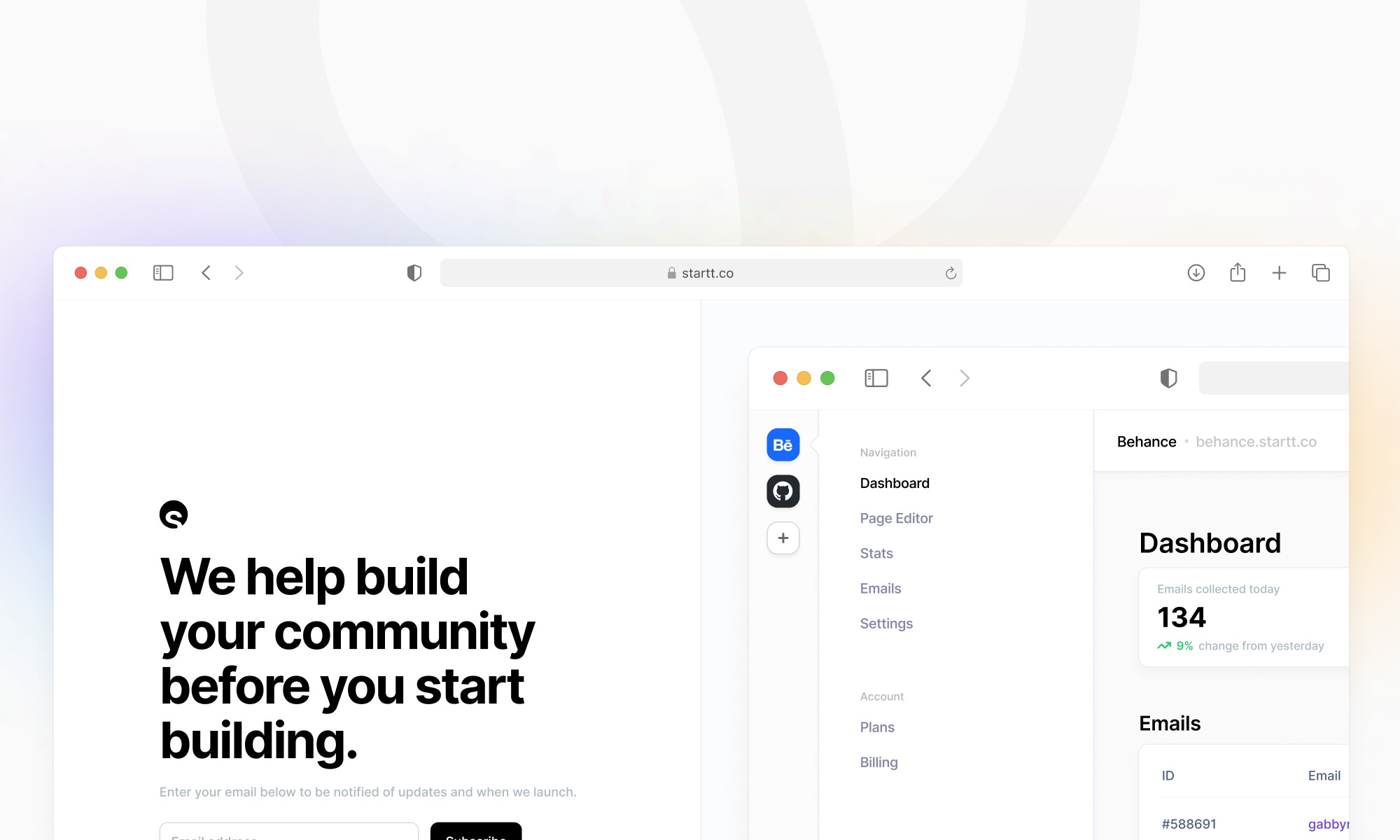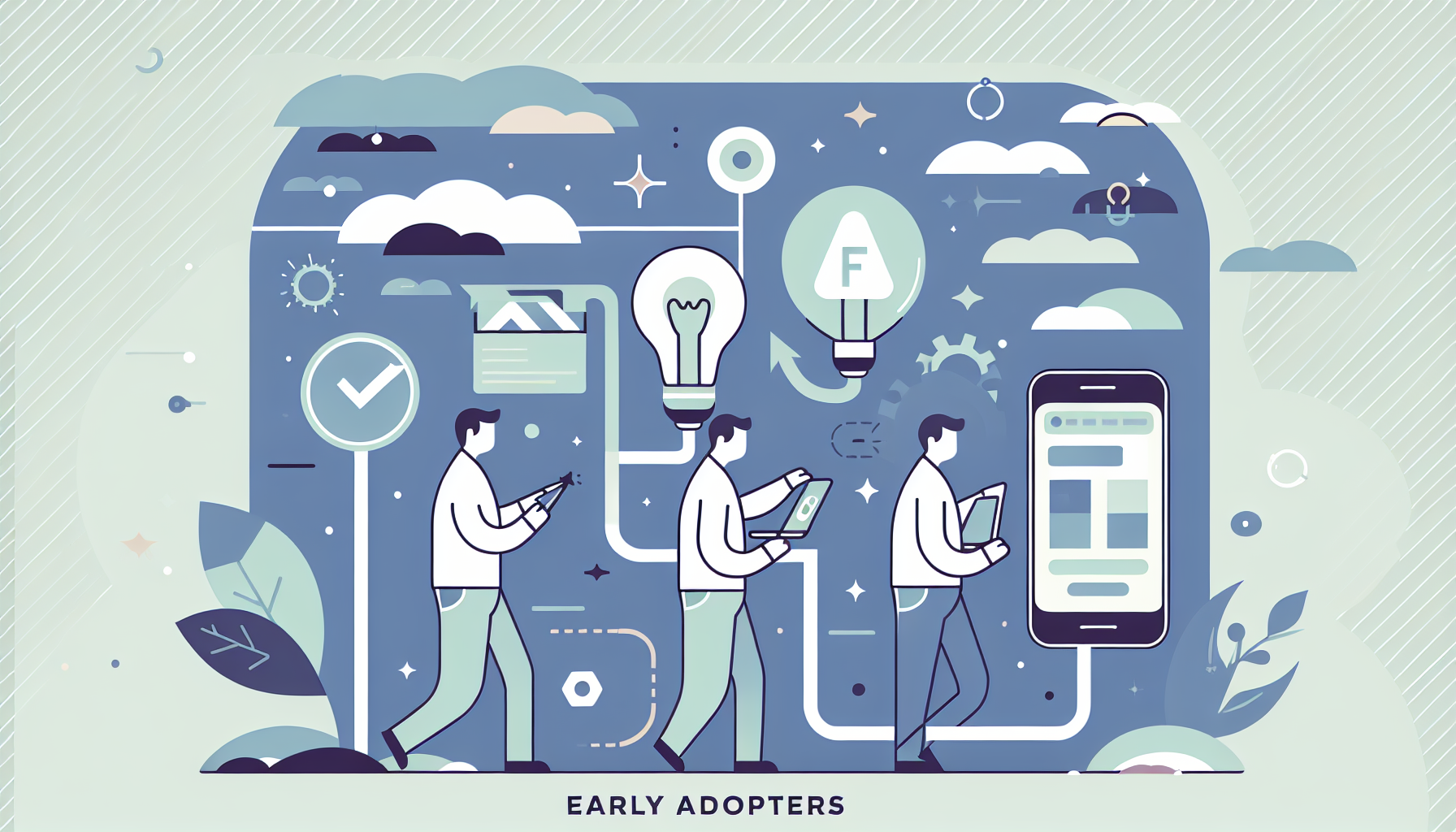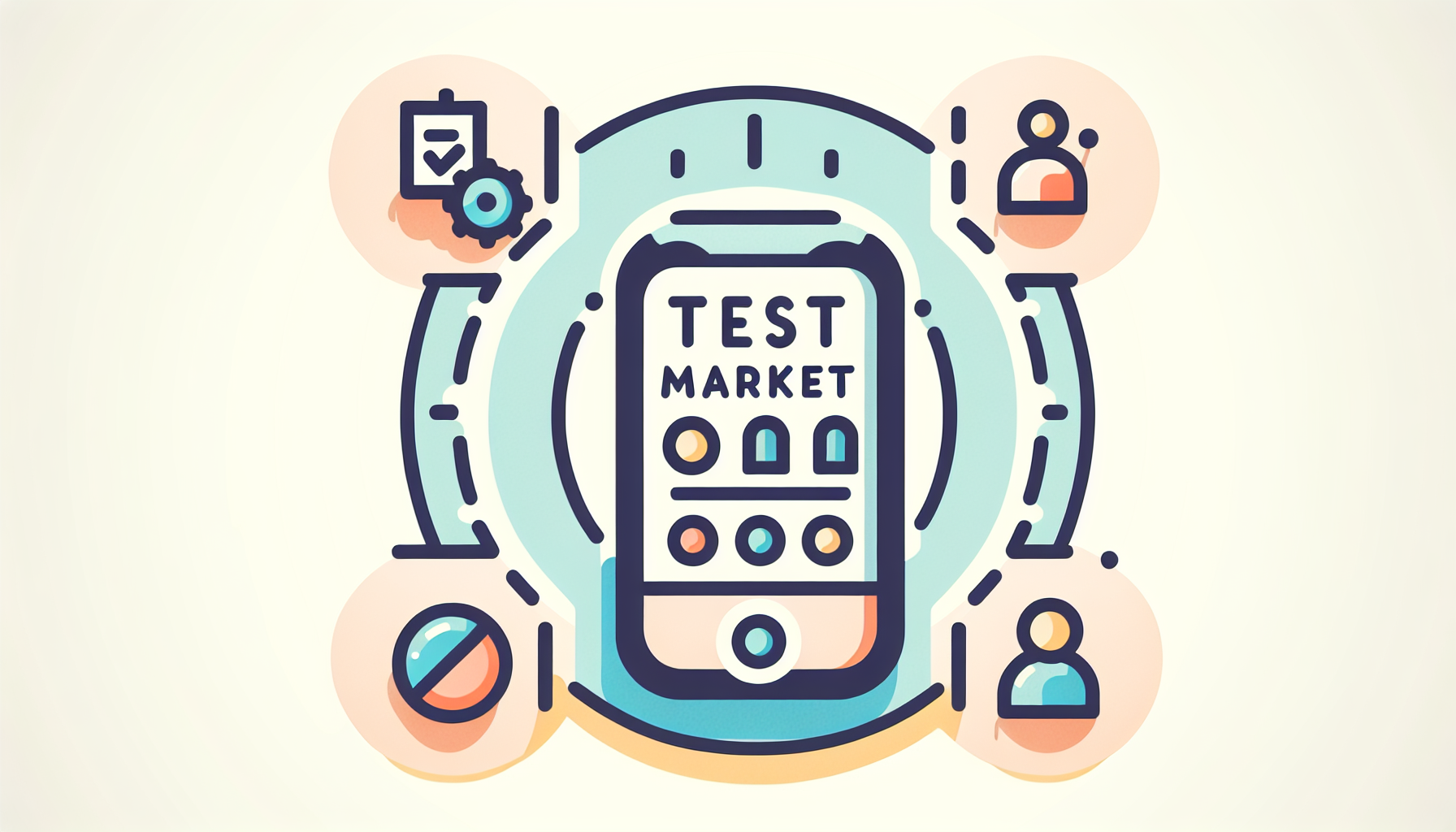Every entrepreneur dreams of launching a product that instantly dazzles its target market. But between a groundbreaking idea and a successful business, there's a critical phase often overlooked: validating product-market fit. How do you ensure your brilliant concept truly resonates with potential customers? One of the most effective, economical ways to test this is through a simple landing page. In this blog post, we'll dive into how a straightforward landing page can help you validate your product-market fit from concept to validation.
Understanding Product-Market Fit
Before we delve into the mechanics of landing pages, it's crucial to understand what product-market fit actually means. Product-market fit occurs when a product satisfies a strong market demand and is often seen as a key to successful entrepreneurial ventures. Marc Andreessen, who coined the term, describes it as “being in a good market with a product that can satisfy that market.”
The Role of a Landing Page in Validation
A landing page is a standalone web page created specifically for a marketing or advertising campaign. It’s where a visitor “lands” after they click on a link in an email, or ads from Google, Bing, social media platforms like Instagram or similar places on the web. Unlike general websites, landing pages focus on a single objective, known as a call to action (CTA). This simplicity makes landing pages the perfect tool for testing product-market fit.
Step 1: Conceptualize Your Landing Page
Your landing page should be a reflection of your product’s value proposition. This means clearly stating what your product does and how it solves a problem for potential customers. Begin with a headline that captures attention, followed by a subheadline that offers a bit more detail. Use bullet points to break down specific benefits. Remember, clarity and brevity are key.
Step 2: Design and Build Your Landing Page
This is where tools like Startt become invaluable. Startt allows you to create stunning, customized landing pages quickly and easily. You don’t need to be a tech wizard; Startt’s user-friendly interface lets you drag and drop elements to craft your ideal page. Plus, you can integrate forms to collect emails or set up a simple pre-order system, making it perfect for startups, entrepreneurs, and creatives looking to validate their product efficiently.
Step 3: Drive Traffic to Your Landing Page
With your landing page built, it’s time to attract visitors. Utilize social media, email marketing, paid ads, or even content marketing to drive your target audience to your page. The key here is to focus on quality over quantity. Aim for traffic sources where your potential customers are most likely to engage. Tools like Google AdWords or Facebook Ads offer targeting options to streamline this process.
Step 4: Analyze Engagement and Collect Data
Once traffic is flowing to your landing page, analyze how visitors interact with it. Tools like Google Analytics can provide insights into visitor behavior. Track metrics such as time on page, bounce rate, and conversion rate. Additionally, pay close attention to the feedback received via any forms or surveys on your landing page. This data is gold in understanding whether your target market feels your product is a necessary solution to their problem.
Step 5: Iterate Based on Feedback
Validation is not a one-and-done process. Use the data and feedback to refine your product and landing page. Perhaps the messaging isn’t quite hitting the mark, or maybe the CTA could be stronger. Iteration allows you to tweak these elements to better serve your potential customers and increase the chances of achieving product-market fit.
Success Stories of Landing Page Validation
Many successful companies began with a simple landing page test. Dropbox, for instance, used a minimalistic landing page with a demo video to gauge interest before fully developing their product. The overwhelming positive response helped confirm their product-market fit early on. Similarly, Buffer, an app for managing social media, started as a two-page website. The first page explained the product idea and collected email addresses, while the second thanked users for signing up. This approach allowed them to build a customer base before the product was fully built.
Conclusion
A well-crafted landing page is not just a marketing tool; it’s a litmus test for your product’s market viability. By focusing on creating a clear, targeted landing page and strategically driving the right traffic to it, you can gain invaluable insights into whether your product will soar or sink in the real world. And with resources like Startt, setting up that test is easier than ever. Don’t skip this critical step in your entrepreneurial journey. Validate your product-market fit with a landing page today and pave the way for your product’s success tomorrow.
Remember, the goal is to learn as much as possible with the least effort—not just to create a pretty page. Focus on gathering data, learning from it, and iterating quickly. The path from concept to validation might be shorter than you think!
Ready to build your audience?
It’s completely free to create your page and takes just minutes to setup.
Create your account










